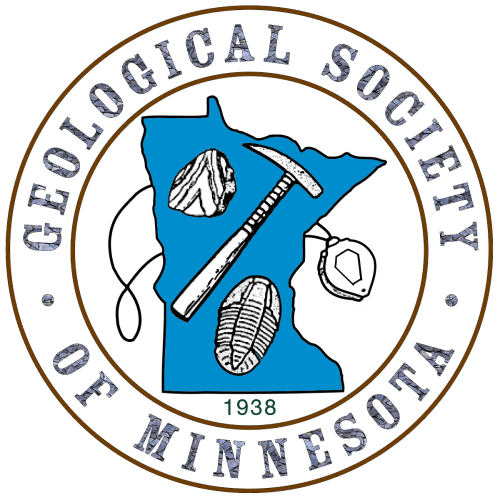Road Marker Information
Enter Road Address in your cars GPS:
38190 MN-19, Redwood Falls, Minnesota
OR
Enter Geographical Coordinates in your cars GPS:
Degrees Lat Long 44.543094 -95.025709
Latitude: 44°32’35.1″N
Longitude: 95°01’32.6″W
Country: Redwood County
Where Found:
Located on state highway 19 in the Tiger Lake rest area 2.5 miles west of Morton
Marker Number:152
Marker Composition:
Text on Marker:
GEOLOGY OF THE MINNESOTA RIVER VALLEY
Near the end of the last glacial period, this site over-looked a colossal river called Glacial River Warren. Between 11,700 and 9,500 years ago, there were two separate spans of time during which this immense river flowed for a total of about 1,000 years. With its head-waters near the site of Browns Valley, it was the main outlet for Glacial Lake Agassiz, an enormous glacial meltwater lake. At its maximum, this lake covered the combined areas of the Red River valley, northwestern Minnesota, and much of Canada southwest of Hudson Bay. The tremendous power of Glacial River Warren cut through layers of glacial sediment (clay, silt, sand, gravel, and boulders deposited by glaciers) and clay-rich deposits of weathered bedrock all the way down to scour some of the oldest bedrock in North America. Some of the bedrock exposed on the valley floor is as old as 3.6 billion years. It is called Morton Gneiss (pronounced “nice”), and it formed deep in the earth’s crust, where extreme heat and pressure changed, or metamorphosed, an earlier kind of rock. The extreme conditions may have resulted from small continental masses colliding and combining, the process that built the early North American proto continent. The beautiful and distinctive banding of colorful minerals within the Morton Gneiss makes it an attractive building stone, which is used around the world. Above the Morton Gneiss and visible in places along the valley walls is a layer up to 45 meters thick of gneiss decomposed by weathering. This deep and intense weathering occurred about 100 million years ago when Minnesota’s climate was subtropical. Prolonged exposure to a warm atmosphere and acidic rainwater caused minerals in the gneiss to break down and form mostly clay minerals of the kaolin group. These white kaolin clays are mined throughout the river valley and are used for cement, bricks, and ceramics. In most places, the kaolin deposits are buried by tens of meters of glacial sediment, deposited during the Ice Age of the last two million years. Glacial sediment can be seen along the valley walls, and the modern Minnesota River exposes more in the valley bottom.
Erected by the Geological Society of Minnesota in partnership with the Minnesota Department of Transportation and the Minnesota Geological Survey. 2003
Region: South Central/West Region
Information Needed:
- Verify Existance
Condition of Marker:
Do it Yourself Region: Minnesota River Valley
Verification: Not installed yet
